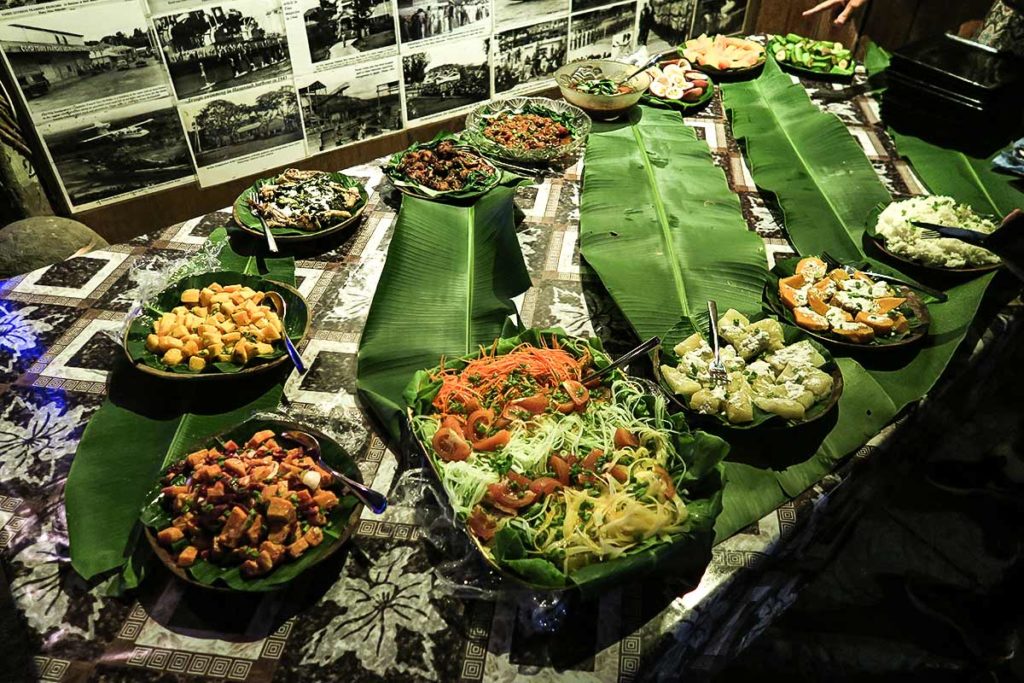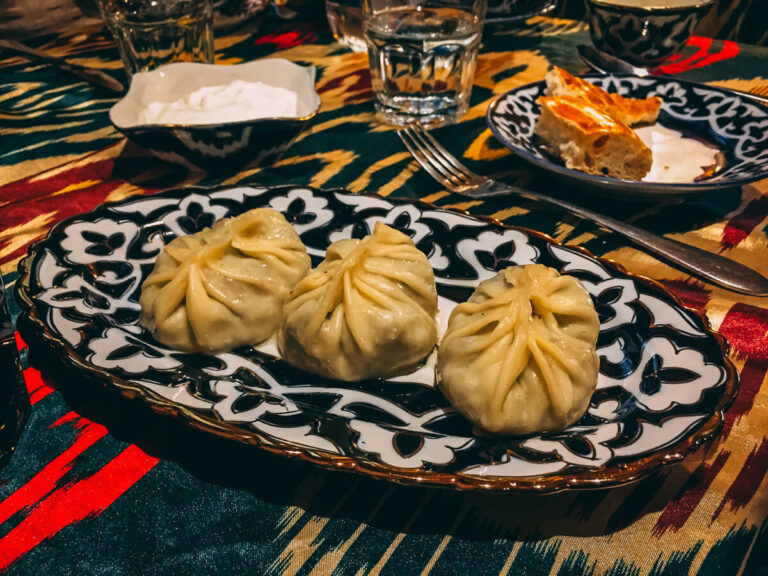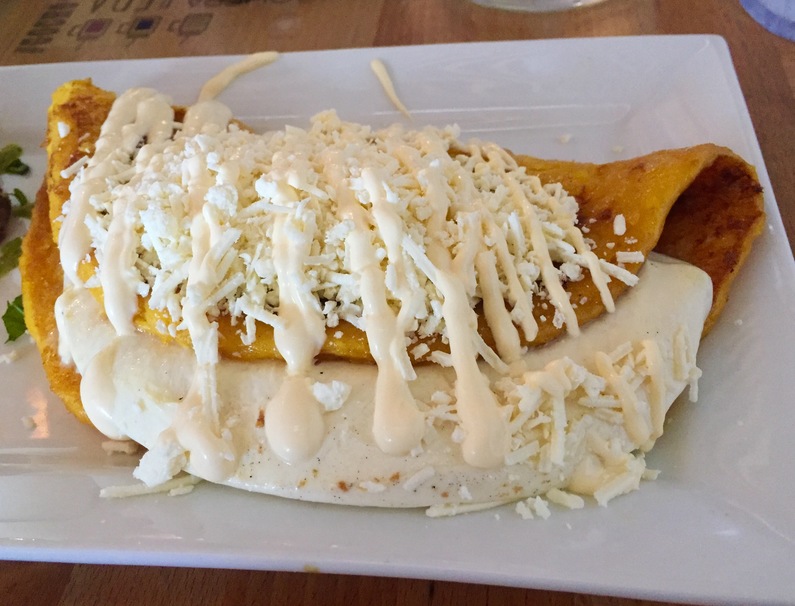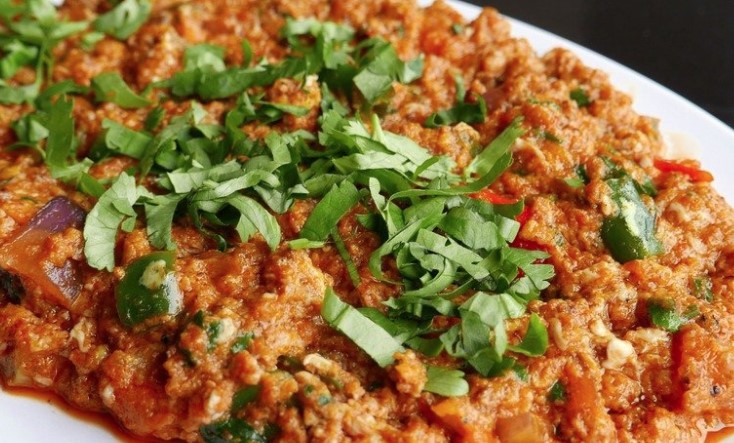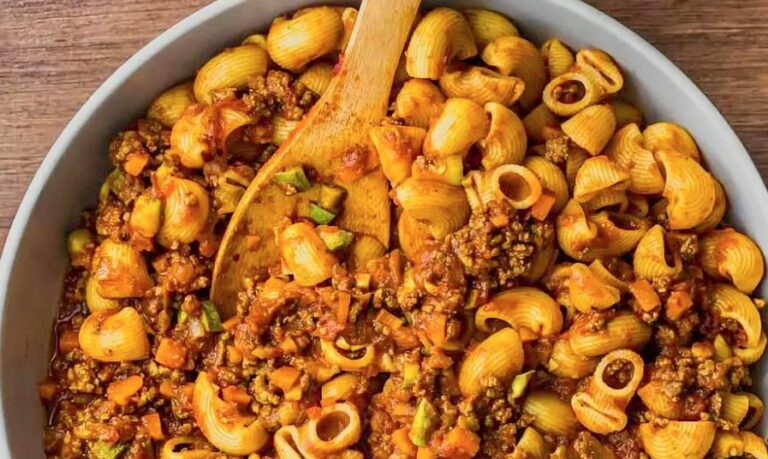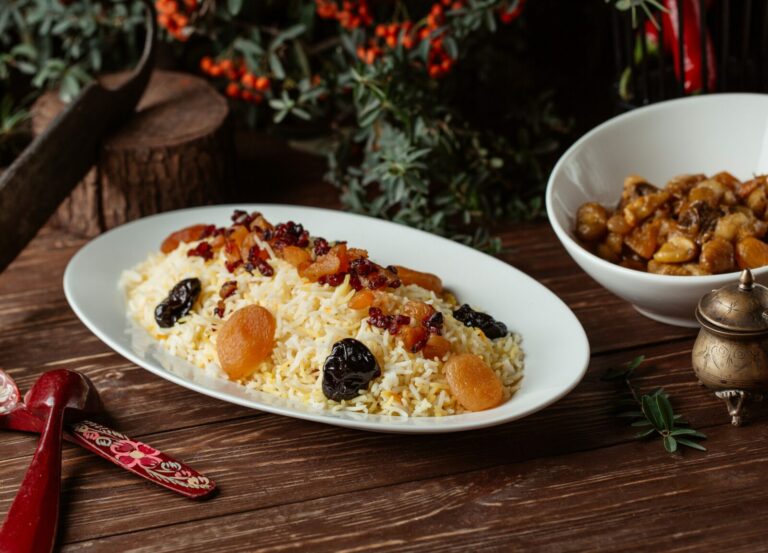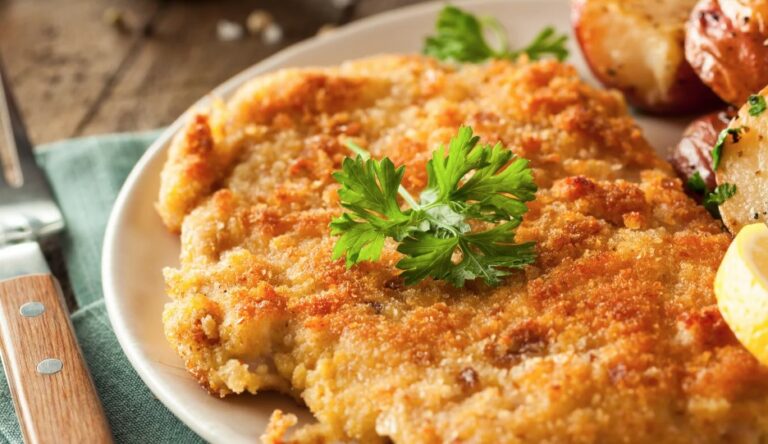Introduction: Discovering Vanuatu cuisine
Vanuatu, a Pacific Island nation, is known for its unique cuisine that is influenced by the Melanesian culture, as well as French and Chinese cuisines. The cuisine of Vanuatu is characterized by the use of fresh and locally sourced ingredients, such as seafood, root vegetables, and coconut products. The traditional dishes of Vanuatu are not only flavorful but also have cultural significance, representing the country’s history and customs.
Influences: Melanesian, French, and Chinese
Vanuatu’s cuisine is heavily influenced by its Melanesian roots. The traditional dishes of Vanuatu include various types of root vegetables like taro and yams, which are cooked in different ways. The French influence is visible in the use of bread and wine, which were introduced by the French missionaries. The Chinese influence can be seen in the use of stir-frying and the popular dish called chop suey, which is made with different kinds of vegetables and meat.
Ingredients: Taro, yams, seafood, coconut cream
The ingredients that are commonly used in Vanuatu cuisine include root vegetables like taro and yams, which are used in dishes like lap lap and tuluk. Seafood is also an important part of the cuisine, with fish and shellfish being used to make dishes like coconut fish. Coconut cream, made by grating and squeezing the flesh of a coconut, is a staple ingredient in many dishes, adding richness and flavor to the food.
Traditional dishes: Lap lap, tuluk, and palusami
Lap lap is a traditional dish of Vanuatu, which is made by grating root vegetables like taro and yams, and mixing them with coconut cream and meat or fish. The mixture is then wrapped in banana leaves and cooked on hot stones. Tuluk is another popular dish, which is made by cooking root vegetables in an earth oven and serving them with coconut cream. Palusami is a dish made with young taro leaves that are filled with coconut cream and meat or fish and then baked in an oven.
Festivals: Celebrating food and culture
Vanuatu celebrates several festivals that showcase the country’s rich culture and cuisine. The Fest’Napuan music festival is an annual event that brings together musicians from all over the Pacific region, and features traditional dances and food. The Vanuatu Cultural Centre also hosts a food festival where visitors can sample traditional dishes from different parts of the country.
Conclusion: Savoring the flavors of Vanuatu
Vanuatu cuisine is a unique blend of Melanesian, French, and Chinese influences that results in delicious and memorable dishes. The use of fresh and locally sourced ingredients, along with traditional cooking techniques, adds to the authenticity of the cuisine. Whether you are in Vanuatu or trying out a recipe at home, savoring the flavors of Vanuatu is an experience that cannot be missed.

